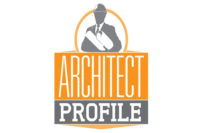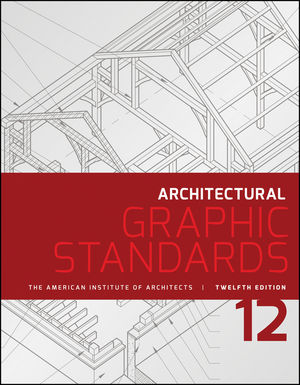Vision, innovation and dedication are all hallmarks of Detroit-based firm BEI Architects & Engineers. With history dating back to 1953, BEI has made itself recognized as one of Michigan’s largest internationally operating architectural engineering firms. The firm thrives off its client’s challenges and has experience in all sides of the architectural and engineering design world, including: industrial/manufacturing, commercial/institutional, energy and process industries, public works, and design/build.

|
| John Paul Minear, AIA, NCARB |
W&C Architect interviewed its Managing Director John Paul Minear, AIA, NCARB, who has 27 years of experience.
What is your work history in this field?
Minear: I've worked for several firms in the Detroit area: TMP Architecture, Rossetti Architects, Giffels Hoyem Basso, Jickling Lyman Powell, Integrated Design Solutions, Algonquian Design Build (Owner), BEI Architects & Engineers. I've also been teaching architectural design as an adjunct professor since 2004 at Lawrence Tech.
Where did you go to school?
Minear: Lawrence Technological University, The University of Michigan, The Architectural Association (AA) - London England.
Did you have a specialization?
Minear: Architectural Design and Theory while in school. Throughout my career I've been primarily an architectural designer and project manager. These days as managing director I'm involved in every aspect of architectural practice.
Do you approach architecture from an artistic or functional starting point?
Minear: Are the two concepts exclusive? My natural sensibilities are more artistic however, every project has to function well. If done properly the functionality is inherent within a great design. The two concepts , art and function, are not exclusive from each other but inherently tied together.
If any, who are your role models?
Minear: There are several; famous and non-famous and even idealized figures. In terms of an ideal architect I often think of the Howard Roark character in Ayn Rand's The Fountainhead. His complete passion and commitment to his work and ideals has always inspired me. Also, I've also always been so inspired by the music of Antonio Vivaldi. When I hear his music, I say to myself - "I can be a great architect." In terms of historical precedents, I've always admired the work of the gothic "master builder" architect. Whoever designed Chartes cathedral was truly inspired. It is also interesting to me that these Gothic architects remain mainly anonymous. Also, I have admired Le Corbusier, Frank Llyod Wright, William Van Allen (for the Chrysler Building), Alvar Aalto, Christopher Wren, Louis Kahn, Rem Koolhaus, Renzo Piano, Richard Rogers, Peter Salter, Zaha Hadid, Les Paul, The old Testament Prophet Samuel, Bob Powell (a former boss) , Sir (And Saint) Thomas More, Tony Swannel (my London tutor at the AA) and all my students that I've taught over the years for keeping me fresh and on my toes.
What projects, other than your own work, do you find inspiring?
Minear: The churches by Tadao Ando, Lloyds of London by Piano & Rodgers, The Tempietto by Donato Bramante, Sainte-Chapelle in Paris, The Hagia Sophia in Constantinople (Istanbul), The landscape of Iceland.
How many buildings have you designed?
Minear: Dozens - but always in collaboration with others. Thus far in my career I've been a part of hundreds of projects, some as simple drafting help to designing a university library tower, to leading a team of designers for a huge development project in St. Petersburg, Russia.
If you had to choose one to represent your work, what project would you choose?
Minear: The Zahnow Library at Saginaw Valley State University. It is a project that combined an existing structure with a new tower and major addition on top of the existing structure. It has proved to be very successful for the university.
What are your guiding principles when designing a structure?
Minear: It needs to serve its purpose; to its client and society and its time & place, which is really a tall order.
If you could have any building to redesign—anywhere in the world—which would you like to address?
Minear: Anything that is difficult to impossible for success and sacrosanct to established norms - like the White house, or the Capital Building, Lincoln Memorial, St. Peter's in Rome. Buildings such as these are so challenging that it would require an architect's best talent and energy.
What types of products interest you?
Minear: Products that are tactile and innovative for their use of technology, texture and sensual appeal. This could mean anything from flooring to walls, ceilings and even gutters.
What types of products in the wall and ceiling industry really interest you?
Minear: I like to use products that respond to each other, especially when they are adjacent to one another or connected. I like to explore contrasts in terms of color, texture, hard and soft materials. I don't really look to utilize specific products, but look for what qualities a product can bring in combination with other design elements such as surface, space, background and foreground.















